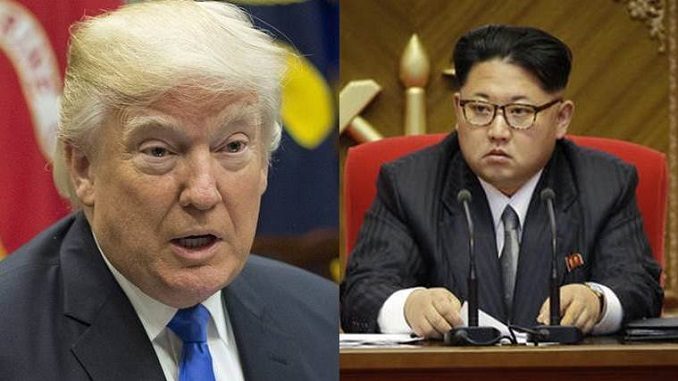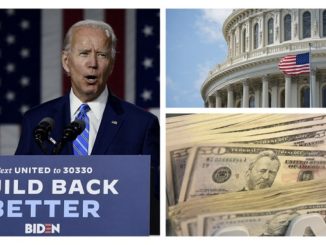
North Korean leader Kim Jong-un told the world this month that his country took steps to stop making nuclear weapons in 2018, a shift from his earlier public statements. However, the evidence shows production has continued, and possibly expanded, Bloomberg writes.
Satellite-imagery analysis and leaked American intelligence suggest North Korea has churned out rockets and warheads as quickly as ever in the year since Kim halted weapons tests, a move that led to his June summit with President Donald Trump.
The regime probably added several intercontinental ballistic missiles, nuclear proliferation analysts say, with one arms control group estimating that Kim gained enough fissile material for about six more nuclear bombs, bringing North Korea’s total to more than 20.
Recent reports have shown that Pyongyang continued to operate two suspected uranium enrichment facilities, one near its long-established Yongbyon nuclear center and another location suspected of being a gas centrifuge site. In July, Secretary of State Mike Pompeo acknowledged in Senate testimony that North Korea was still producing fissile material.
Other reports suggest North Korea bolstered its arsenal in the run-up to the Trump summit and still runs a plant believed to have produced Kim’s first ICBMs capable of reaching the U.S. homeland. They say the regime recently expanded a factory probably making engines for new, easier-to-hide solid-fuel rockets and enlarged an underground base for long-range missiles.
The reports underline what’s at stake as Trump considers holding a second summit with Kim, which Trump says could come “in the not-too-distant future.” While Trump has credited Kim’s decision to halt weapons tests and dismantle a few testing facilities with preventing a war in the Western Pacific, those moves haven’t prevented North Korea from building new weapons out of sight that could threaten the U.S.
Skepticism remains about Kim’s denuclearization pledges, including his assertion in a New Year’s speech that he agreed in 2018 to “neither make and test nuclear weapons any longer, nor use and proliferate them.” A year ago, Kim ordered the mass production of warheads and ballistic missiles after suspending weapons tests following the launch of an ICBM capable of reaching the entire U.S. – the last of more than 40 conducted in a 24-month span.
According to Bloomberg, the stalled nuclear talks with the Trump administration have given Kim the space to perfect the technologies needed to strike the U.S. Analysts say it’s only a matter of time before he acquires a targeting system and a re-entry vehicle capable of delivering a warhead safely through the atmosphere.




Be the first to comment